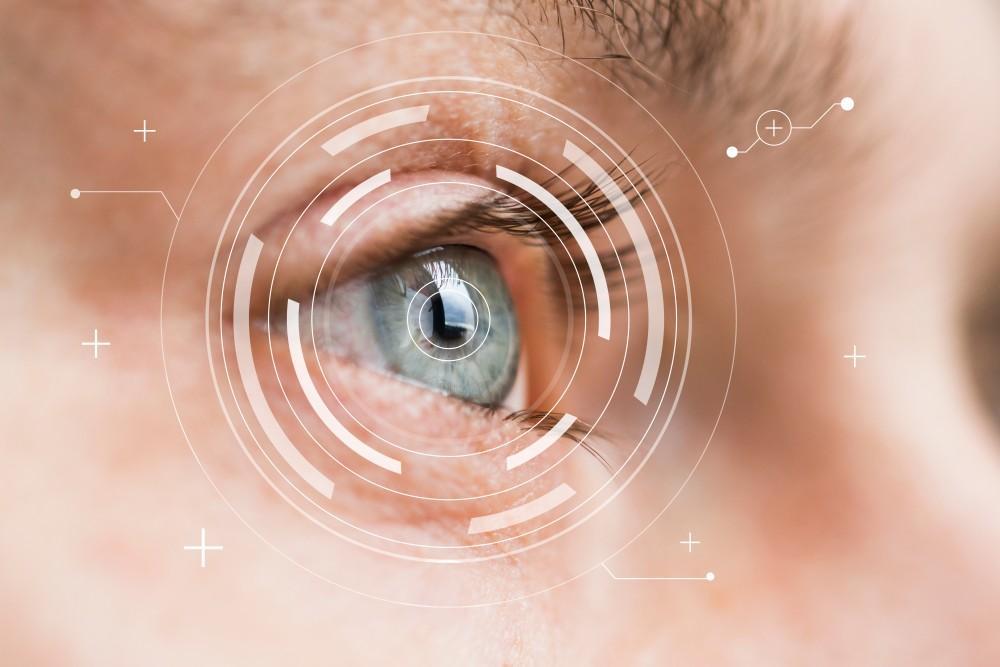
Is Keratoconus Hereditary?

Before learning about potential causes, there are two things you need to know about keratoconus because it’s different from most eye conditions.
First, it begins in teens and young adults, so be on alert for vision changes during this time. And second, the condition progressively worsens for 10-20 years before stabilizing.
What begins as minor blurry vision can rapidly deteriorate. Seeking treatment as soon as possible is the only way to slow down keratoconus and lower your risk of severe vision problems.
Stephen Khachikian, MD, in Rapid City, South Dakota, has extensive experience diagnosing keratoconus and providing advanced treatments that can slow down or stop progressive cornea damage and vision changes.
Here is a rundown on keratoconus and its causes.
About keratoconus
Keratoconus typically begins in the late teens or early 20s, when the cornea (the clear, dome-shaped tissue covering the front of your eyes) starts to thin out. As the thinning progresses, the cornea bulges out, forming a cone shape.
Without treatment, the corneal thinning gets progressively worse, causing an increasingly larger bulge. No one can predict the speed or severity of its progression because they differ for each person.
Regardless of the pace, the condition progresses for 10-20 years. Then the cornea stabilizes and the thinning stops. Any thinning that has occurred can’t be reversed, which is why early treatment to stop the progression is essential.
Though keratoconus affects both eyes, the thinning can progress at a different pace in each eye. Your vision gets worse as the cornea’s shape changes. At first, you have blurry vision, then over time, you develop nearsightedness or astigmatism.
Keratoconus causes
Keratoconus seldom has one obvious cause. In some cases, several risk factors combine to cause structural changes in the cornea. For example, you can inherit a genetic tendency, but that doesn’t guarantee you will end up with keratoconus. The disease may only begin as a result of other triggers.
Here’s a list of potential keratoconus causes:
Hereditary factors
Keratoconus can be passed down as children inherit genetic variants. But only 1 out of 10 people have a family history of keratoconus. In other words, keratoconus is hereditary, but a genetic link isn’t obvious in most people.
Genes associated with keratoconus are also found in other hereditary conditions that seem unrelated to eye problems, such as Down syndrome and connective tissue disorders. Most children with Down syndrome have vision problems and about 5-30% develop keratoconus.
Ehlers-Danlos syndrome (EDS) includes several types of connective tissue disorders. One type of EDS causes fragile eyes that can easily be damaged and result in keratoconus. Like Down syndrome, EDS and keratoconus also share several genetic variants.
Another connective tissue disorder, Marfan syndrome, makes patients highly vulnerable to eye damage, including retinal tears and keratoconus.
Eye rubbing
Frequently or vigorously rubbing your eyes can damage the cornea, causing keratoconus or resulting in more damage if you already have the condition. Persistent eye rubbing is considered to be an environmental trigger in people with a genetic tendency for keratoconus.
Eye allergies
Eye allergies (allergic conjunctivitis), and any allergy like hay fever that irritates your eyes, increase your risk for keratoconus. These conditions lead to corneal thinning because they make you rub your eyes. Beyond eye rubbing, there’s currently no evidence indicating that eye allergies alone increase your risk for keratoconus.
Oxidative stress
Oxidative stress occurs when unstable molecules (free radicals) harm healthy tissues. Free radicals normally develop during cell metabolism and if they’re not neutralized, they damage cells, proteins, and DNA.
For unknown reasons, some corneas can’t eliminate or neutralize free radicals. Then the free radicals damage collagen in the cornea, resulting in corneal thinning.
If your vision turns blurry, don’t wait to schedule a comprehensive eye exam. Call Stephen Khachikian, MD, or book an appointment online today.
You Might Also Enjoy...


I’m Not a LASIK Candidate. What About PRK?

Telltale Signs Your Eye Problem Is a Cornea Issue

Why Are Cataracts Common In Seniors?

Can You Prevent Keratoconus From Getting Worse?


